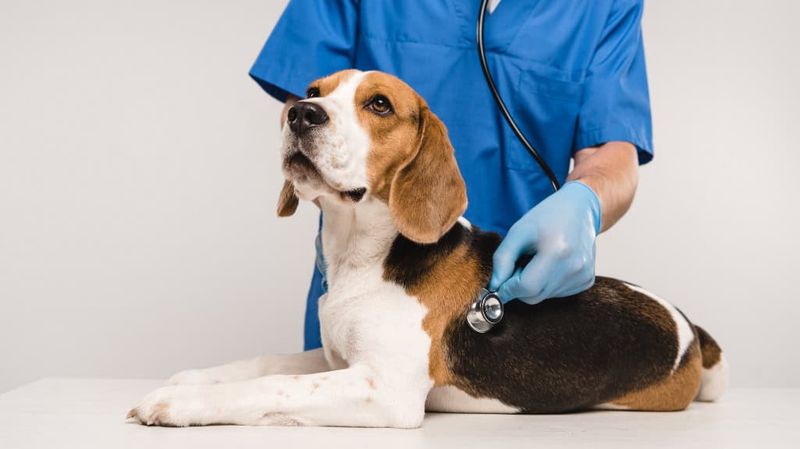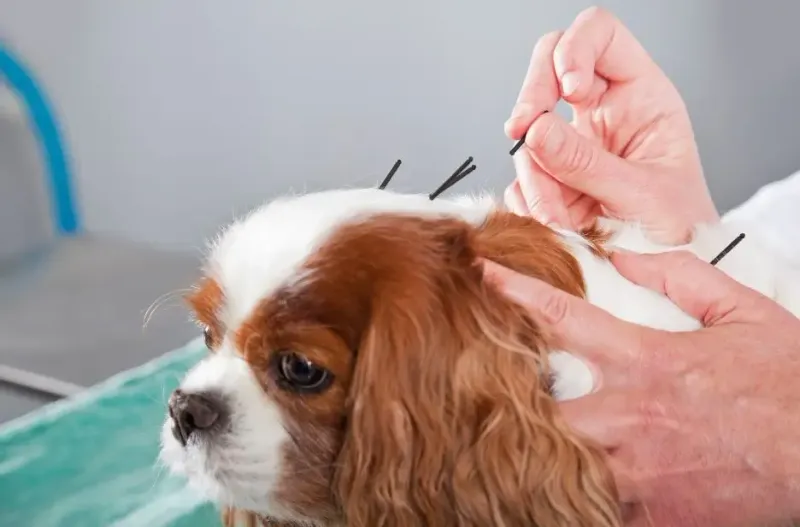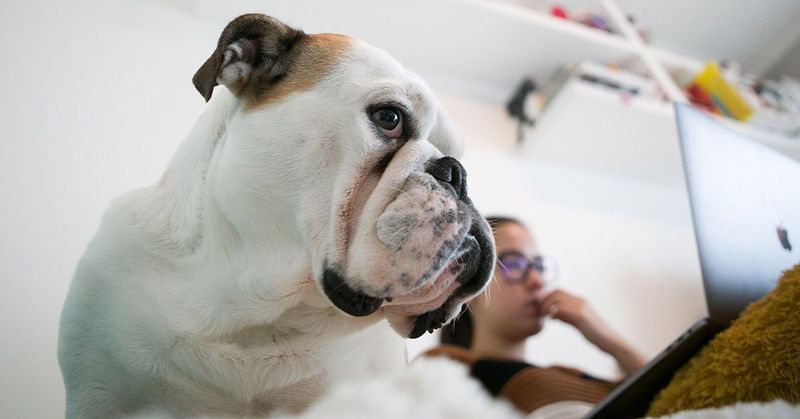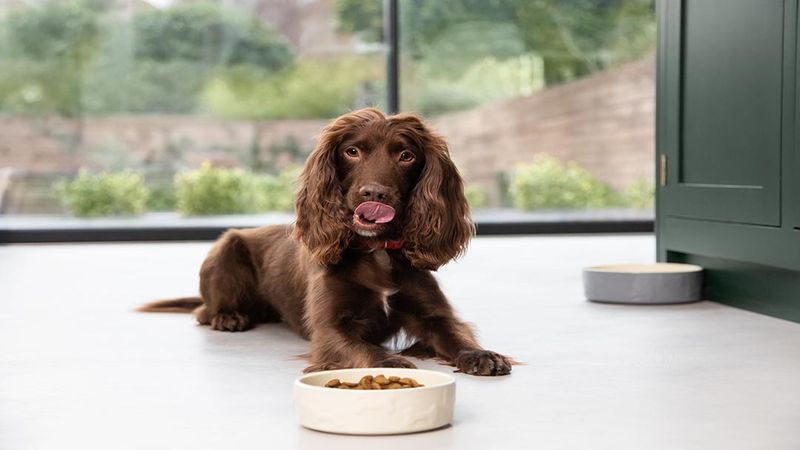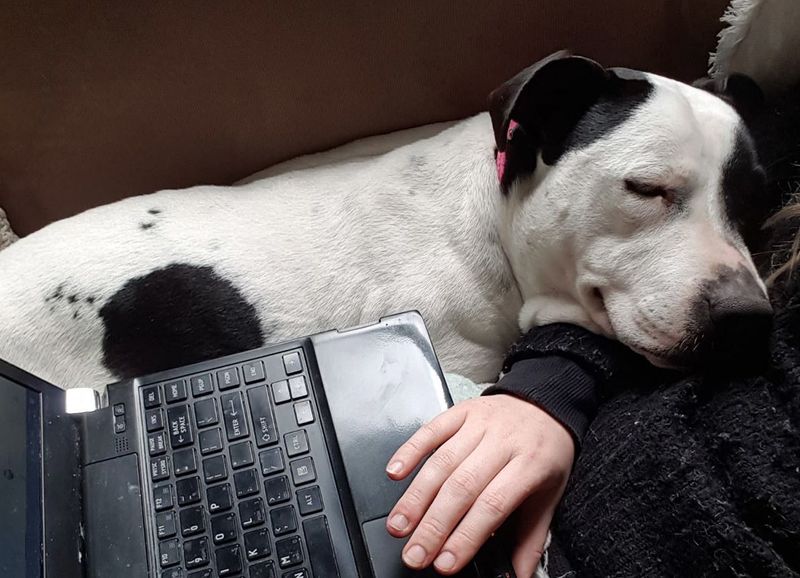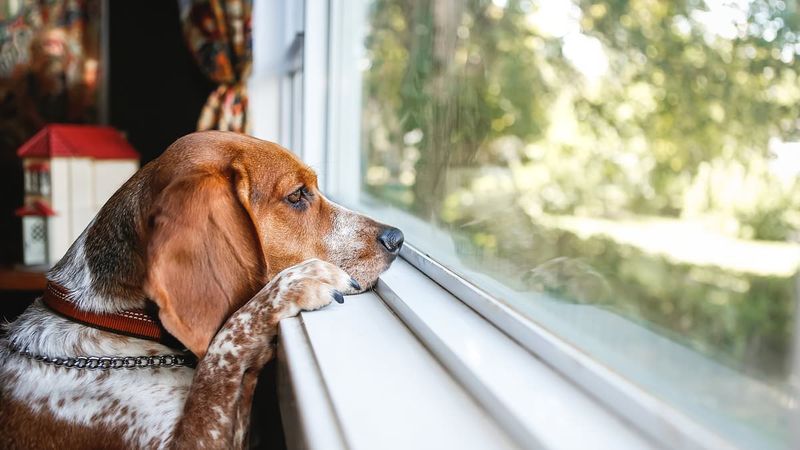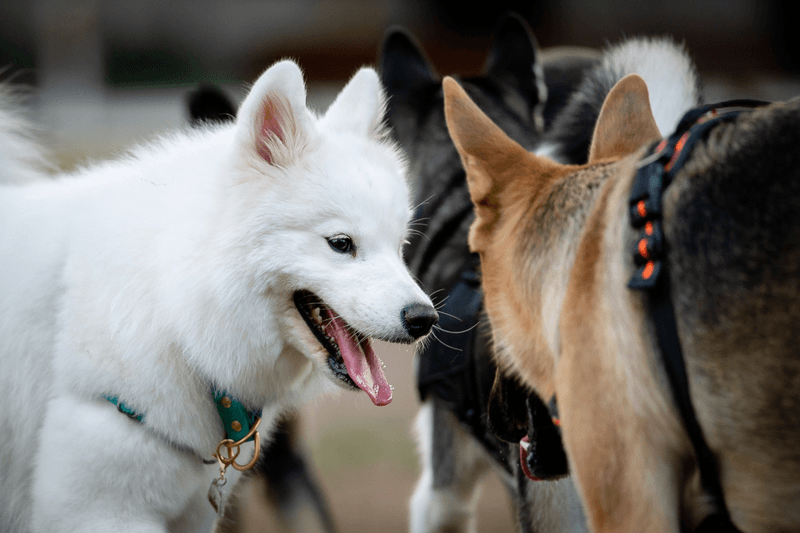Understanding and addressing dog anxiety is gaining prominence as many pet owners and veterinarians acknowledge its impact on canine health. The growing awareness stems from recognizing the parallels between human and animal mental health, coupled with the increasing availability of treatments. Here, we delve into thirteen compelling reasons why dog anxiety is no longer overlooked and why medications, alongside other interventions, are becoming integral to their well-being.
Understanding Dog Body Language
Dogs communicate volumes through their body language. Observing a tail tucked between the legs or ears flattened against the head can tell us they’re anxious. Learning these cues is crucial to help our furry friends feel safe. Imagine a fluffy companion averting its gaze, trying to make sense of the bustling world. This understanding fosters empathy and strengthens the bond between human and pet. It encourages proactive measures, ensuring our dogs don’t suffer in silence. Recognizing these signs early can lead to timely interventions, ultimately promoting healthier, happier lives for our beloved pets.
Veterinary Advances in Treatment
Veterinary medicine has evolved, with new treatments for dog anxiety continually emerging. From behavioral therapies to medications, vets now offer comprehensive care. Picture a caring vet discussing these options with a pet owner, customizing a treatment plan. These advancements mean that dogs struggling with anxiety have more support than ever. With the right interventions, they can lead more relaxed and joyful lives. This holistic approach ensures that each dog receives the care suited to its unique needs, fostering wellness and peace in their daily lives.
Holistic Approaches and Therapies
Beyond medication, holistic therapies are gaining traction in managing dog anxiety. Techniques like aromatherapy, acupuncture, and massage can soothe an anxious pup. Visualize a calm environment where dogs are pampered, their stresses melting away. These therapies offer alternative pathways to anxiety relief, appealing to pet owners seeking natural options. They complement traditional treatments, providing a balanced approach to care. When integrated into a dog’s routine, these therapies can significantly improve their quality of life, making the world feel like a less daunting place.
Increasing Research and Studies
Research into canine behavior is expanding, with studies shining a light on how anxiety affects dogs. These studies reveal patterns and triggers, helping us tailor interventions. Picture a researcher pouring over data, piecing together a puzzle about canine emotions. This growing body of work is instrumental in developing treatments that cater specifically to dogs’ needs. It not only aids in understanding anxiety but also in crafting strategies to alleviate it. As more findings emerge, the path to effective treatments becomes clearer, promising a brighter future for anxious pups.
Impact of Human Stress on Dogs
Dogs are deeply attuned to their owners’ emotions, often mirroring human stress. When we’re anxious, it’s not unusual for our dogs to feel unsettled too. Imagine a loyal companion watching its owner, sensing the tension in the air. This connection emphasizes the importance of managing our stress for their sake. By reducing our stress levels, we inadvertently create a calmer environment for our pets. Understanding this dynamic is essential in addressing dog anxiety, highlighting the interconnectedness of human and animal well-being.
Role of Diet and Nutrition
Nutrition plays a surprising role in managing dog anxiety. A balanced diet can support mental health, and certain nutrients are known to have calming effects. Picture a pet nutritionist crafting a meal plan that nurtures both body and mind. The right diet can help stabilize mood and behavior, contributing to a more balanced emotional state. By focusing on nutrition, we provide our dogs with the foundation for overall well-being. This approach underscores the importance of holistic care, where every aspect of a dog’s life is considered in their anxiety treatment.
Importance of Routine and Consistency
Dogs thrive on routine, and establishing consistent daily patterns can alleviate anxiety. A predictable schedule offers them a sense of security. Picture an organized planner detailing a dog’s day, filled with activities and rest. This structure helps dogs feel anchored, reducing uncertainty in their lives. Consistency in handling, feeding, and exercise routines reassures them that they’re in a safe, controlled environment. By sticking to a routine, we help mitigate their anxiety, providing stability in an often unpredictable world.
Technology and Anxiety Management
Innovative technology is transforming how we manage dog anxiety. Smart collars and apps now track anxiety levels, providing insights into triggers and stress patterns. Picture a modern pet, decked in a high-tech collar, its owner checking an app for updates. These tools empower pet owners with data-driven strategies to address their dog’s needs. Technology bridges the gap between observation and action, ensuring timely interventions. As tech continues to advance, it promises even more personalized care, enhancing the quality of life for anxious dogs.
Changing Perceptions and Awareness
Awareness of dog anxiety is growing, with more people acknowledging its significance. Community workshops and educational campaigns are enlightening pet owners about recognizing and addressing anxiety. Picture a vibrant workshop, filled with eager learners absorbing new information. This shift in perception is crucial, as understanding breeds empathy and action. As awareness spreads, more dogs receive the care they need, reducing stigma and promoting mental health. These efforts are pivotal in shaping a future where dog anxiety is treated with the seriousness it deserves.
Success Stories and Testimonials
Success stories from pet owners inspire hope and highlight the effectiveness of treatment. These testimonials showcase journeys from anxiety to peace, encouraging others to seek help. Picture a joyful dog, its owner beaming with pride over their shared triumph. These narratives resonate deeply, proving that change is possible. They serve as a beacon for those facing similar challenges, offering reassurance and motivation. Sharing these successes fosters a supportive community, where experiences are exchanged, and collective wisdom guides anxious dogs toward brighter days.
Role of Exercise and Physical Activity
Physical activity is essential for managing anxiety in dogs. Exercise releases endorphins, promoting a sense of well-being. Visualize a group of dogs joyfully playing, their energy and stress dissipating together. Regular exercise not only benefits physical health but also aids emotional balance. It provides an outlet for pent-up energy and tension, making dogs feel happier and more relaxed. By incorporating play and activity into their routine, we help them navigate anxiety with greater ease, fostering a harmonious state of mind.
Impact of Training and Socialization
Training and socialization play vital roles in reducing dog anxiety. These activities build confidence, teaching dogs how to interact with the world. Picture a lively training class, full of curious dogs learning together. Positive experiences in social settings can lessen fear and anxiety, promoting well-adjusted behavior. As dogs become more comfortable in diverse situations, their resilience grows. Training provides them with tools and coping mechanisms to face challenges, making anxiety less likely to take hold. This proactive approach enriches their lives, offering assurance and stability.
Legal Recognition and Pet Rights
Legal changes are recognizing the mental health needs of pets, advocating for their well-being. Laws now acknowledge anxiety as a legitimate concern, ensuring dogs receive appropriate care. Picture a legal document, marked with a paw print, symbolizing new protections for our furry friends. This recognition is pivotal in transforming attitudes towards pet care, emphasizing that mental health is as important as physical health. As legal frameworks evolve, they pave the way for comprehensive support systems, ensuring dogs live fulfilling, anxiety-free lives.


